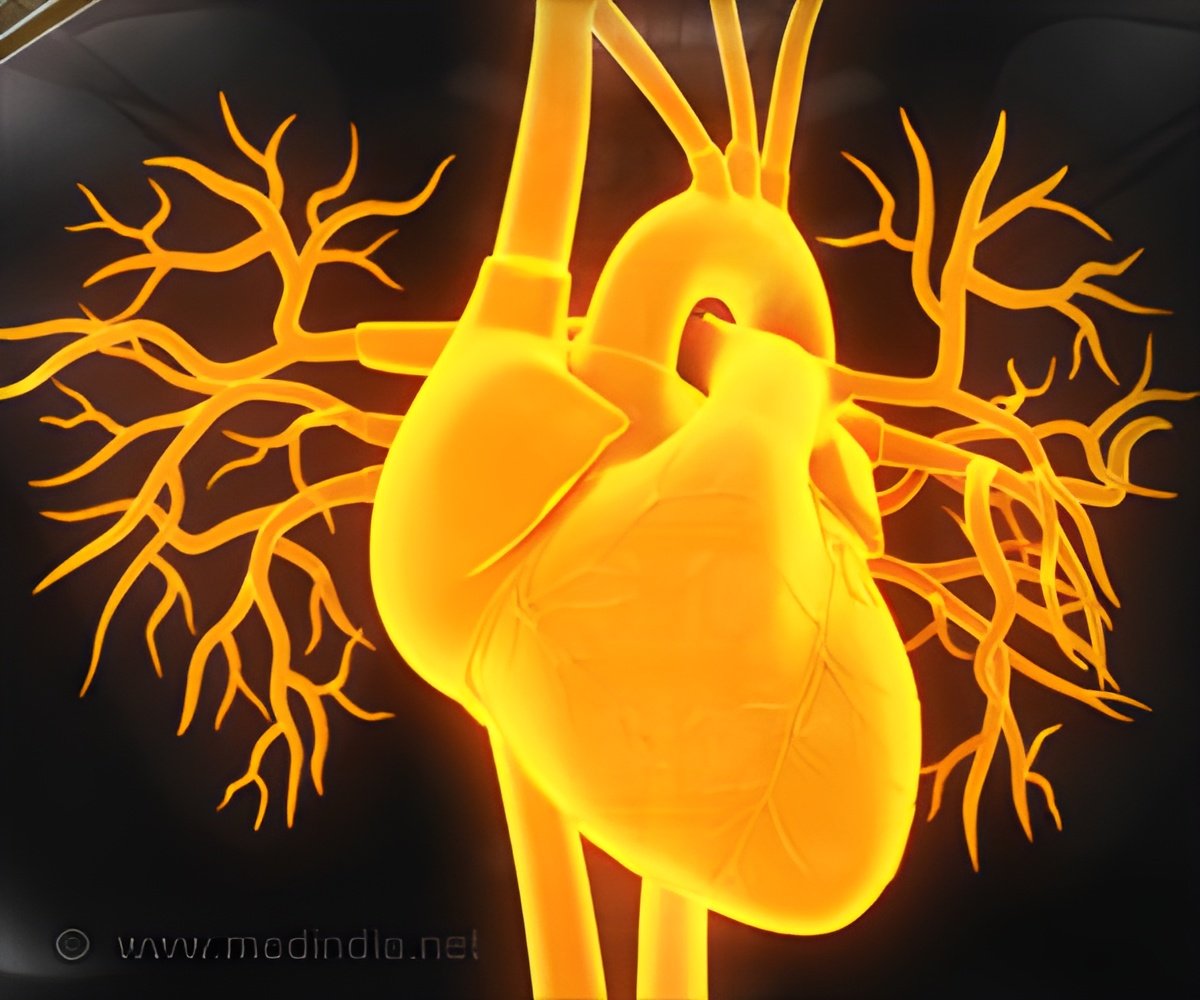Brain-derived neurotrophic factor (BDNF) is a specialized protein that promotes neuroplasticity (the ability of the brain to build new connections and pathways) and neuron survival. Animal studies have demonstrated that increasing the availability of BDNF promotes memory formation and storage, improves learning, and improves general cognitive performance. These important responsibilities, as well as their apparent neuroprotective properties, have sparked interest in BDNF for aging research.
Lead author Travis Gibbons from the University of Otago, New Zealand said,
“BDNF has shown great promise in animal models, but pharmaceutical interventions have thus far failed to safely harness the protective power of BDNF in humans. We saw the need to explore non-pharmacological approaches that can preserve the brain’s capacity, which humans can use to naturally increase BDNF to help with healthy aging.”
Factors Influencing Neuroprotection in the Brain
To tease apart the influence of fasting and exercise on BDNF production, researchers, from the University of Otago, New Zealand, compared the following factors to study the isolated and interactive effects:
- Fasting for 20 hours,
- Light exercise (90 minutes of low-intensity cycling),
- High-intensity exercise (a six-minute bout of vigorous cycling),
- Combined fasting and exercise.
In comparison to one day of fasting with or without a lengthy session of gentle activity, they discovered that brief but vigorous exercise was the most efficient strategy to raise BDNF. When compared to fasting (no change in BDNF concentration) or prolonged activity, BDNF rose four- to five-fold (396 pg L-1 to 1170 pg L-1) (slight increase in BDNF concentration, 336 pg L-1 to 390 pg L-1).
Advertisement
The cause of these discrepancies is unknown, and additional research is required to understand the mechanisms at work. One theory is linked to the cerebral substrate switch and glucose metabolism, which is the brain’s principal fuel source. The cerebral substrate switch occurs when the brain moves from one preferred fuel source to another to meet the body’s energy demands, such as metabolizing lactate rather than glucose during exercise. The brain’s conversion of glucose to lactate activates pathways that result in higher BDNF levels in the blood.
The observed rise in BDNF after exercise could be attributed to an increase in the number of platelets (the smallest blood cell), which contain high amounts of BDNF. Exercise has a greater effect on platelet concentrations in the blood than fasting, increasing them by 20%.
The study included 12 physically active volunteers (six males and six females, ages 18-56). The balanced ratio of male and female participants was intended to create a more accurate portrayal of the population rather than to highlight gender inequalities.
More studies are being conducted to investigate the impact of calorie restriction and exercise on BDNF and the cognitive benefits.
Travis Gibbons said,
“We are now studying how fasting for longer durations, for example up to three days, influences BDNF. We are curious whether exercising hard at the start of a fast accelerates the beneficial effects of fasting. Fasting and exercise are rarely studied together. We think fasting and exercise can be used in conjunction to optimize BDNF production in the human brain.”
Reference :
- Fasting for 20 h does not affect exercise-induced increases in circulating BDNF in humans – (https:physoc.onlinelibrary.wiley.com/doi/abs/10.1113/JP283582)
Source: Medindia



